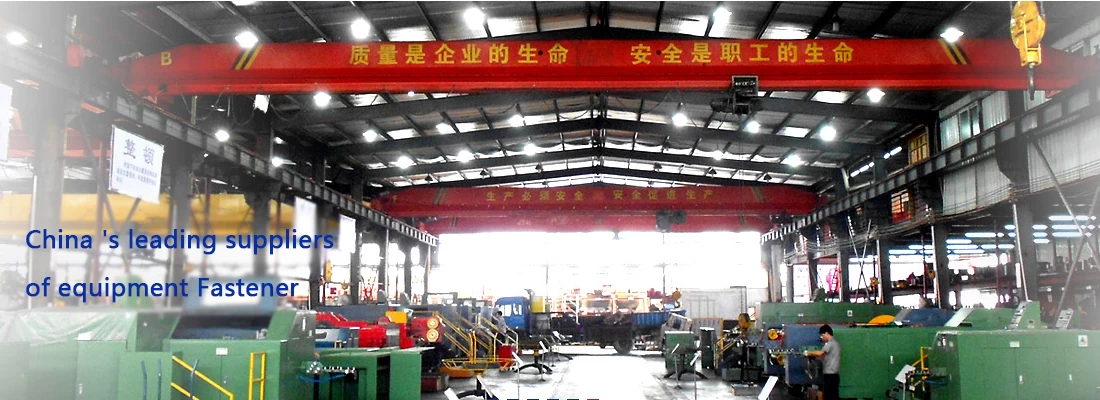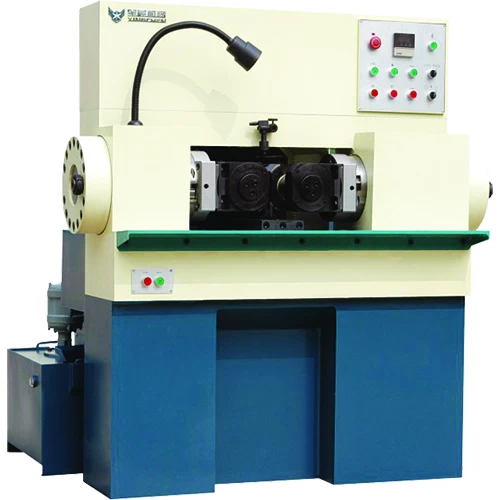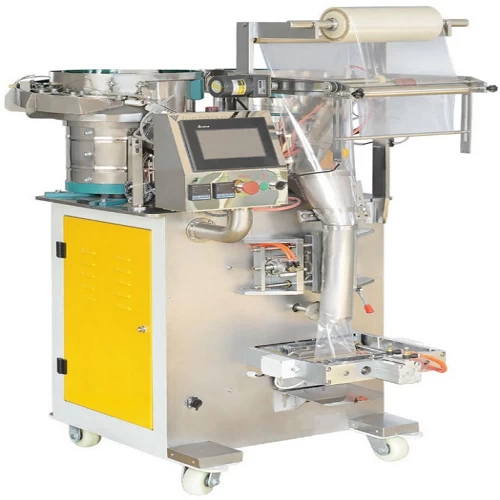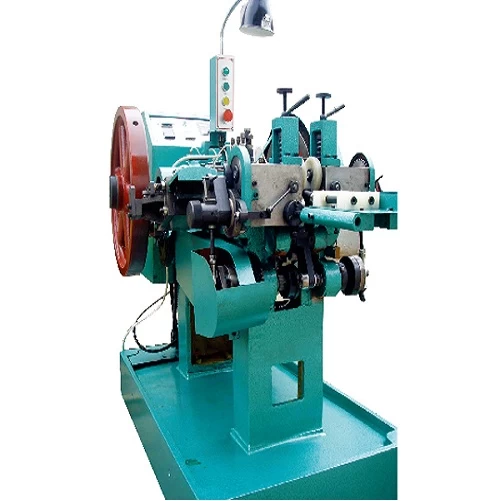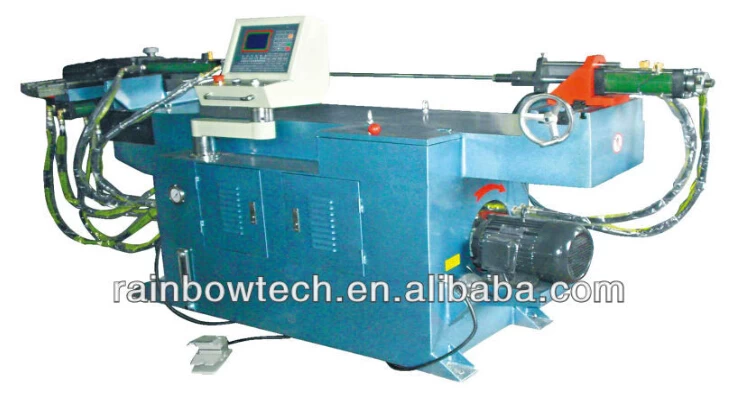The introduction of electroplating
Electroplating is a common surface treatment technique that involves depositing a thin layer of metal or alloy onto the surface of a material through an electrochemical reaction. It is used to enhance the appearance, corrosion resistance, and wear resistance of materials. This technique finds wide application across various industries, including automotive, electronics, home furnishings, and jewelry.
The process of electroplating typically involves several steps. Firstly, the material to be plated is suspended as the cathode in an electrolyte solution containing metal ions. Then, an electric current is passed through the electrolyte, causing the reduction of metal ions and deposition of a metal layer on the material’s surface. Finally, the plated surface is cleaned and post-treated to obtain a uniform and smooth coating.
The application of electroplating technology is extensive. For instance, in the automotive industry, electroplating can provide corrosion-resistant coatings on automotive parts, extending their lifespan and enhancing their aesthetic appeal. In the electronics sector, electroplating is used in the production of circuit boards and connectors, providing good conductivity and corrosion resistance. In home furnishing, electroplating is used to create high-end metal furniture and lighting fixtures.
However, electroplating also presents environmental and health concerns. During the plating process, wastewater and exhaust gases containing metal ions and other harmful substances are generated, causing pollution. Additionally, certain electroplating processes involving toxic metals such as chromium and cadmium may pose potential risks to workers’ health. Therefore, proper management and treatment of waste and the adoption of safety measures are necessary during electroplating processes to protect the environment and health.
In conclusion, electroplating is an important surface treatment technique that improves the performance and appearance of materials. With advancing technology, there is a growing demand for higher quality coatings and reduced environmental impact in electroplating. As new materials and processes emerge, electroplating will continue to play a significant role.







